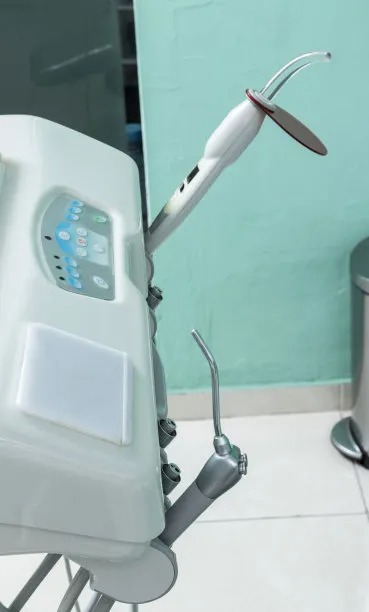Comprehensive Guide on How to Effectively Extract a Tooth Without Pain or Complications at Home
Summary: Extracting a tooth at home can seem daunting, but with the right knowledge and precautions, it can be done effectively and safely. This comprehensive guide explores essential aspects of tooth extraction, including preparation, techniques, aftercare, and when to seek professional help. Each section provides detailed insights and tips to ensure a pain-free experience while minimizing potential complications. By understanding the procedures and potential challenges, individuals can approach tooth extraction at home with confidence, ensuring the best outcomes for their dental health.
1. Preparing for a Home Tooth Extraction

Preparation is the cornerstone of a successful tooth extraction at home. Before you even think about pulling a tooth, ensure you gather all necessary tools and materials to avoid complications. Start by securing a clean set of tools, including dental forceps, sterilized gauze, and antiseptic wipes. Availability of these items will help you perform the procedure more safely.
Next, assess the condition of the tooth you plan to extract. If possible, consult with a dental professional to confirm that it is a good candidate for home extraction. Understanding the tooths root structure and any potential complications can significantly reduce risks during the extraction process.
Your mental state is equally important. Ensure you are calm and focused; anxiety can lead to mistakes. It is wise to have a trusted friend or family member by your side for support. If you feel uncertain about the procedure, it is best to seek professional help instead of attempting to do it yourself.
2. Techniques for Safe Tooth Extraction
Using the right technique is crucial for minimizing pain and ensuring a successful extraction. First, numb the area around the tooth by applying a topical anesthetic. This will help dull any potential pain during the extraction, making the process much more bearable.
Once the area is numb, grip the tooth with your dental forceps and gently rock it back and forth. This motion helps to loosen the tooth from its socket without causing excessive force or damage to the surrounding tissue. Patience is key; rushing this process can cause unnecessary pain or complications.
If the tooth is particularly stubborn, you may need to use a slight twisting motion to free it. Always listen to your body, and if you feel sharp pain or resistance, take a step back and reassess the situation. Remember, if you can’t extract the tooth easily, it may be best to contact a dentist for assistance.
3. Post-Extraction Care and Recovery
After successfully extracting the tooth, proper aftercare is essential to promote healing and prevent infection. Begin by gently biting down on a piece of sterile gauze to help control any bleeding. Keep the gauze in place for at least 30 minutes to allow blood to clot effectively.
It’s also important to manage discomfort post-extraction. Over-the-counter pain relievers can help alleviate pain and reduce inflammation. Follow the recommended dosage and avoid taking aspirin, as it can thin the blood and lead to increased bleeding.
In the days following the extraction, follow a soft food diet and maintain good oral hygiene. Avoiding hard, chewy, or spicy foods will reduce the risk of complications. Remember to keep the extraction site clean, but be gentle when brushing your teeth to avoid irritation.
4. Know When to Seek Professional Help
Despite your best efforts, there may be instances when you need to seek professional help after a home extraction. If you experience excessive bleeding that doesn’t subside after a couple of hours or show signs of infection, such as severe pain, swelling, or fever, it’s crucial to contact your dentist immediately.
Incompatibilities in your health conditions, such as pre-existing heart conditions or blood clotting disorders, may call for a consultation with a dental professional before attempting a home extraction. These conditions may complicate the extraction process, and understanding your health background is critical.
Your comfort and safety should always be the priority. If at any stage of the extraction process you feel overwhelmed or unsure, don’t hesitate to reach out to a professional. It’s always better to take preventive measures to avoid complications than to risk your health.
Summary:
In conclusion, successfully extracting a tooth at home requires a combination of preparation, proper technique, effective aftercare, and awareness of when to seek professional assistance. By following these guidelines, you can navigate the complexities of home tooth extraction more effectively. Remember that while home extraction can be tempting, it is crucial to prioritize your health and safety throughout the entire process.
This article is compiled by Vickong Dental and the content is for reference only.



